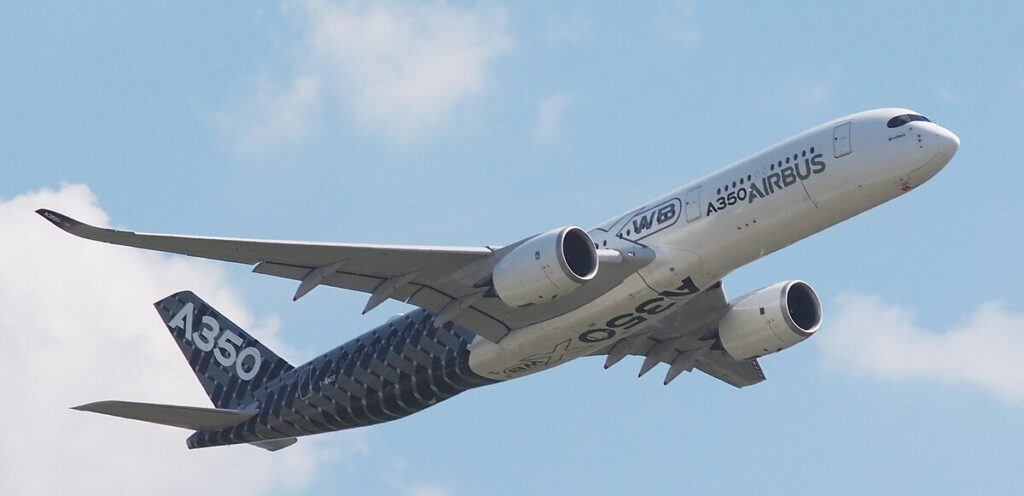
Introduction to the Airbus A350
The Airbus A350, a state-of-the-art wide-body aircraft, represents a significant milestone in modern aviation technology. Introduced in 2013, this aircraft is designed with a focus on fuel efficiency, passenger comfort, and reduced environmental impact, making it an important player in the competitive airline industry.
A Brief Overview of the A350’s Features
The A350 is available in several variants, including the A350-900 and A350-1000, capable of accommodating between 300 and 410 passengers depending on the configuration. With advanced aerodynamics, composite materials, and cutting-edge systems, the aircraft boasts a 25% reduction in fuel consumption compared to older aircraft of similar size. Notably, the A350 is also equipped with quieter engines that minimize noise pollution.
Current Developments and Events
In recent months, Airbus has been ramping up production of the A350 amid a recovering demand for air travel following the global pandemic. As of September 2023, Airbus announced that it plans to increase its monthly output of A350s from six to eight by the end of the year to meet customer demand. Major airlines, including Qatar Airways and Singapore Airlines, continue to expand their fleets with the A350, recognizing the aircraft’s operational efficiency and passenger appeal.
Moreover, advancements in technology mean that the A350 program is continuously evolving. Airbus has announced plans to incorporate more sustainable materials and innovations in upcoming aircraft orders, reflecting the industry’s shift towards environmental responsibility.
Market Impact and Future Outlook
The Airbus A350 is not just an engineering marvel; it has significant implications for the airline industry. Its launch has helped to set new standards for the sector, pushing competitors to innovate and enhance their offerings. As airlines increasingly prioritize sustainability, the A350’s lower carbon footprint positions it well for long-term market success.
Looking forward, analysts predict that as global air travel continues to rebound, the demand for modern, efficient aircraft like the A350 will grow. Industry trends indicate that aviation will focus on greener alternatives, and Airbus’s proactive approach in enhancing the A350 is likely to solidify its market presence in the years to come.
Conclusion
The Airbus A350 stands as a symbol of innovation and efficiency within the aviation sector. As airlines look to modernize their fleets in an environmentally conscious manner, the A350’s combination of technology, comfort, and sustainability ensures its relevance and significance in the future of air travel.



